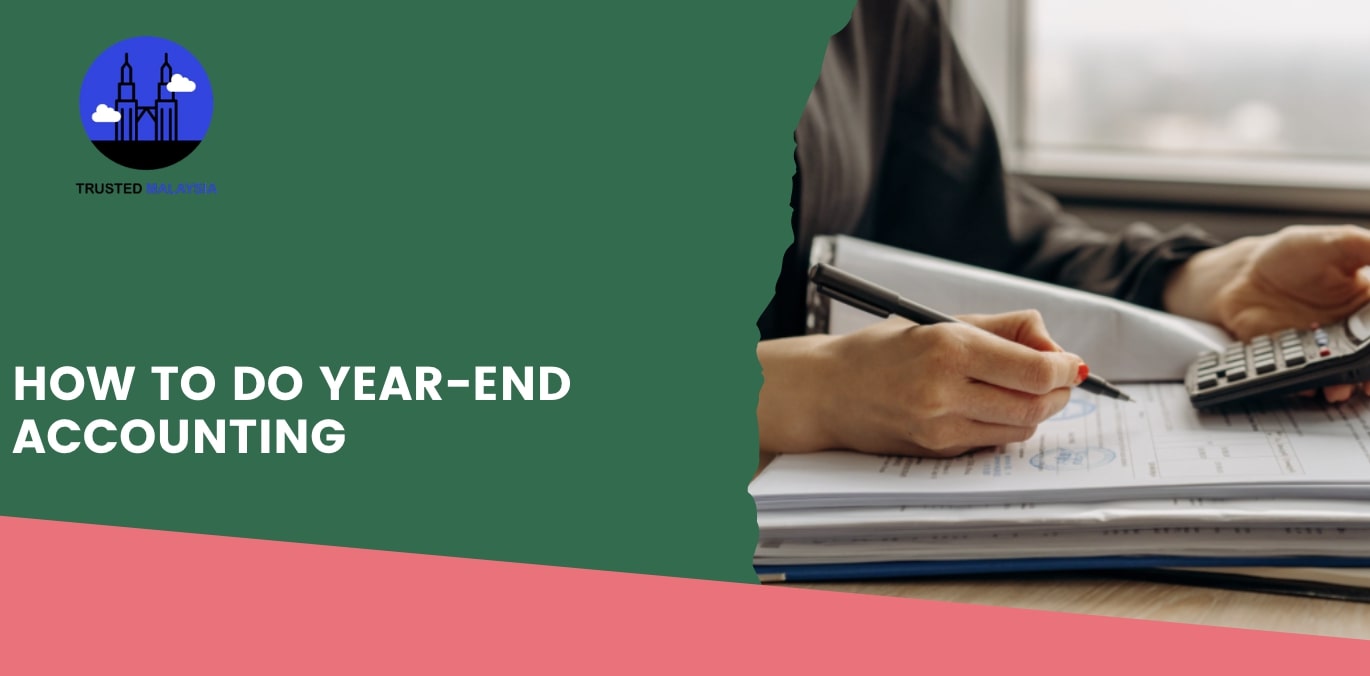How to Do Year-End Accounting
At the end of the year, a business should organise its accounting records, slash off debts, and see its bottom line to prepare for another business year.
But that can be a big struggle to do especially if you don’t have an accountant, you’ve had a lot of inventory and transactions in the year, or you have a different reason altogether.
Thankfully, we’ve shared some tips on how to do your year-end accounting in this guide. So read on to learn them!
1) Analyse your financial statements
To make your end-of-year statements true and accurate, you’d have to base them on your previous financial statements.
These include statements for your balance sheet, income, cash flow, and shareholder’s equity. Simply put, these records show how your business is doing financially right now.
With them, you’ll be able to plan your budget and earnings for the succeeding year as well as to know your tax—in terms of how much you’re liable to or are entitled to a refund.
2) Count your inventory

Make an accurate count of your inventory before the year ends. Inventory consists of your items and supplies on hand that you will sell or use in the office.
Your inventory’s tally has to match that of your balance sheet. Otherwise, recount your inventory or make adjustments until you get the same figure.
Why is doing inventory important? It lets you know the precise number of your stock and how much you spent on them, in addition to deciding how much to buy for next year to grow your business.
3) Keep business receipts
All receipts for business transactions must be kept and recorded in your financial statements. This gives you an accurate total for your spending and business tax return, which are both important.
If this isn’t done, then you simply don’t know where your business stands in terms of expenses, and therefore, you can make bad business decisions and have many hassles along the way.
Here are some tips for storing your business receipts:
- Sort receipts by expenses.
- Arrange them chronologically.
- Write notes on them (if something is important).
- Store it in your physical and digital books (Excel).
- Use accounting software to attach receipts to transactions.
4) Reconcile bank and credit card accounts

Throughout the year, businesses typically deal with the bank and use their credit cards a great deal.
You must reconcile these statements to your financial records by comparing them both. You may find a discrepancy in the balance due to the interest rate or other factors, and correcting them often does the trick.
5) Go over your accounts payable and receivable
Getting unpaid bills and uncollected debts into the next year will tarnish your accounting records. Instead, aim to close them by paying or collecting from your customers or clients promptly.
Concerning your debts, always settle them on time. Whereas for those people that haven’t paid you yet, you can call or email them—but if this doesn’t work, consider hiring a debt collector.
Doing this will right your accounts payable and receivable on your balance sheet.

